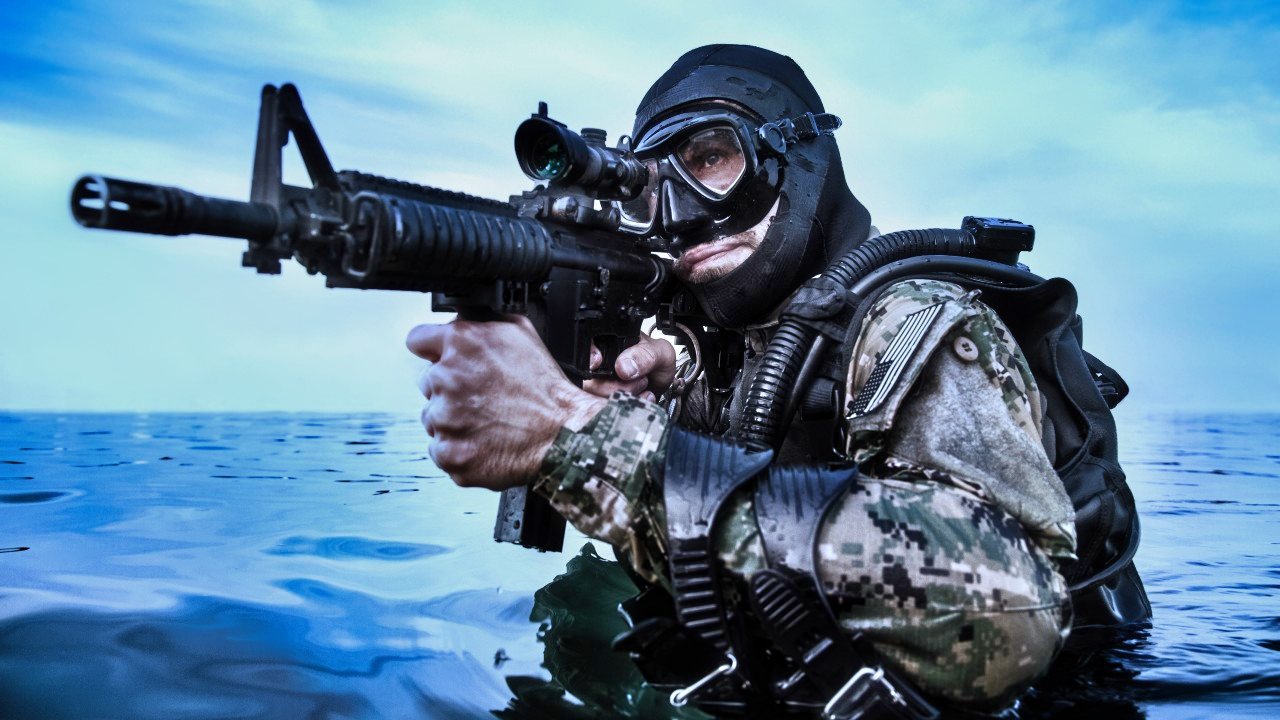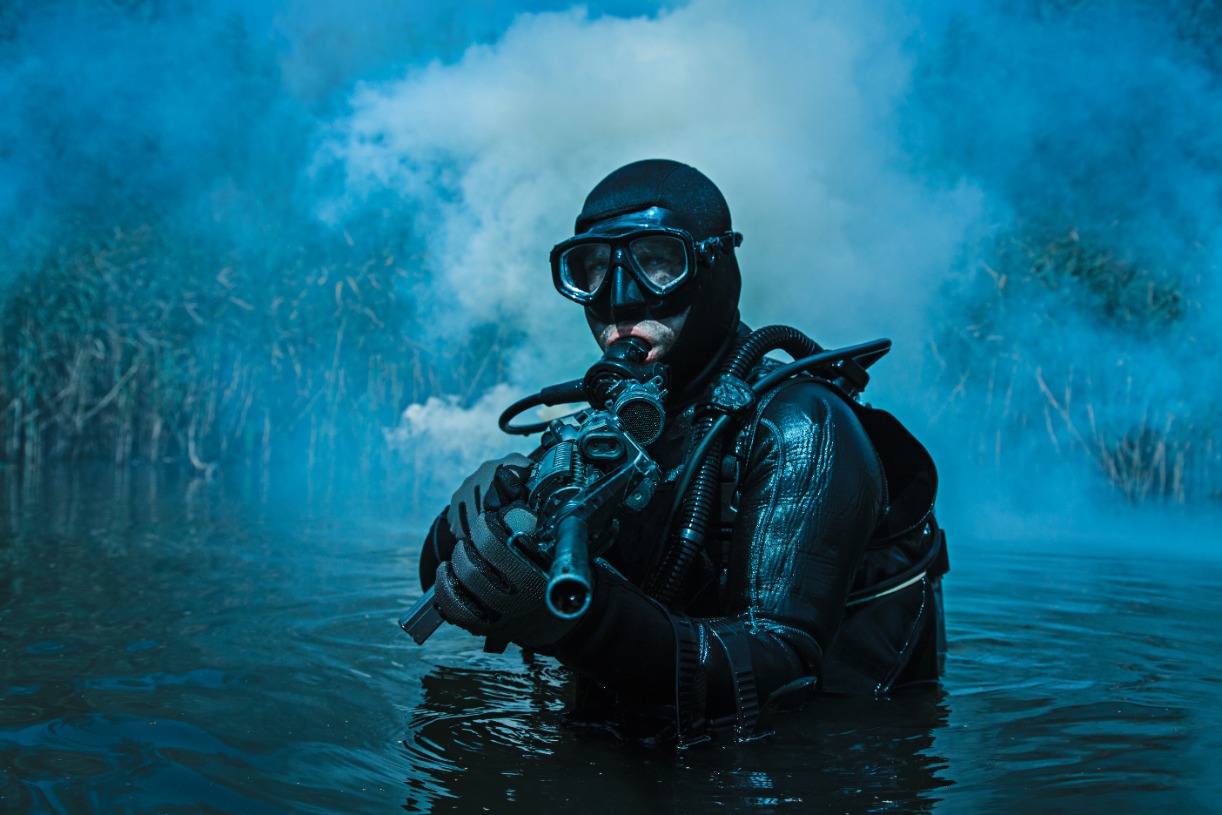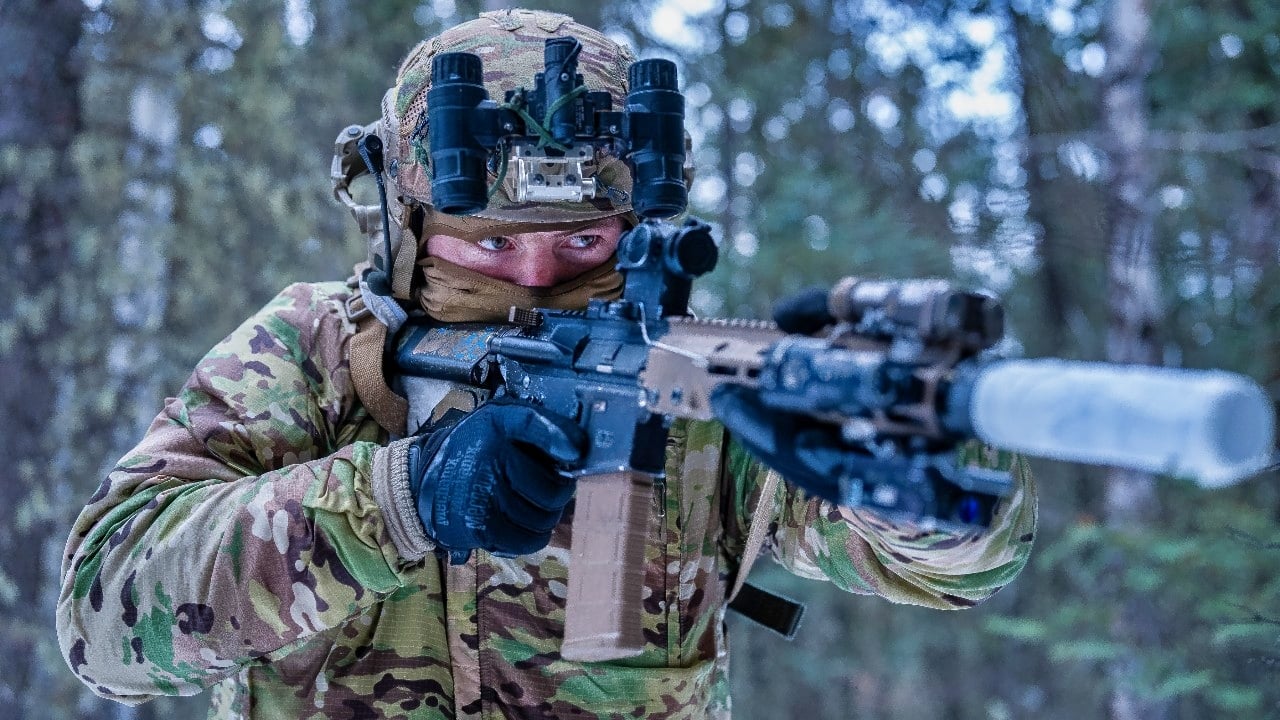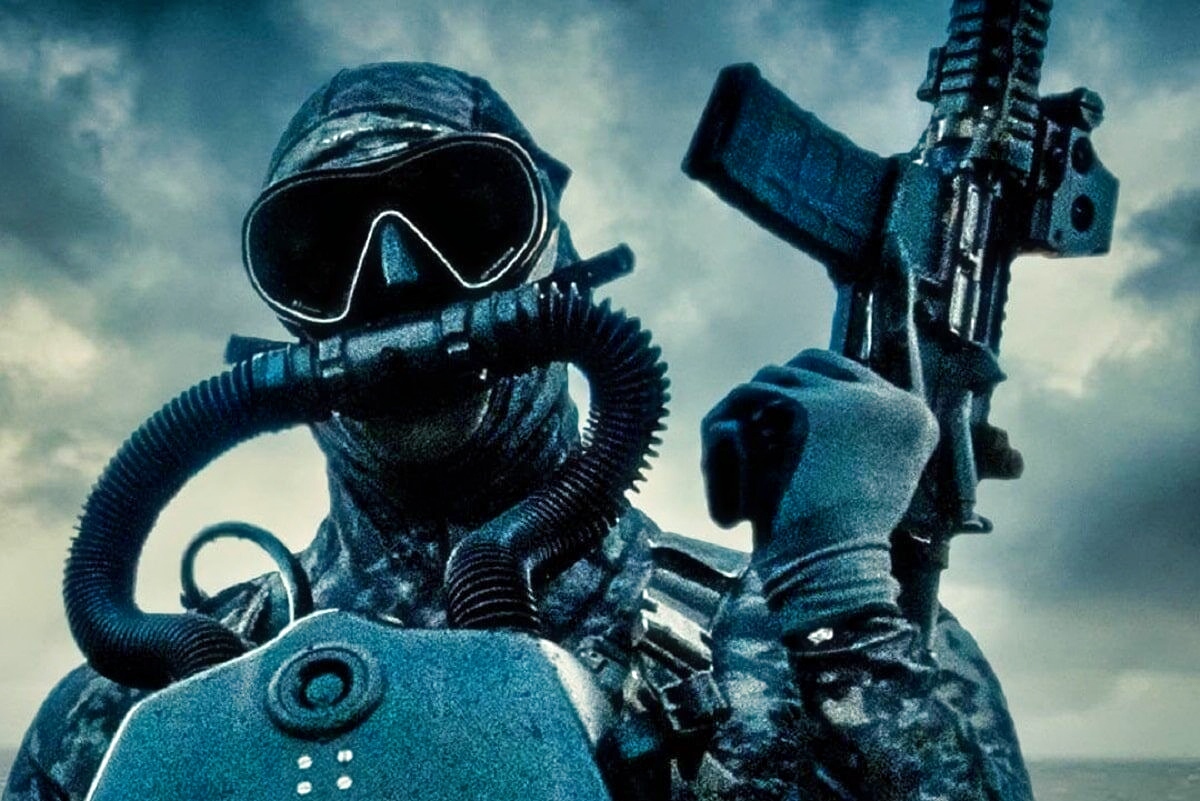A combination of a special operations and an intelligence-gathering outfit, Intelligence Support Activity operates in the shadows. For over 40 years, the unit has been paving the way for other secretive special missions units, such as the Army Delta Force and Navy’s SEAL Team 6. ISA is one of JSOC’s Tier 1 units, along with Delta Force, SEAL Team 6, and the Air Force’s 24th Special Tactics Squadron.
As to how the unit came to be, much like the rest of the U.S. special operations community, it arose from disaster and the ashes of defeat.
This is how an emergency created one of the military’s most secretive units.
Explained: The origin of the Intelligence Support Activity
Following the Islamic Revolution in Iran, Iranian students, encouraged by the new regime, stormed the American embassy in Tehran and took hostage 66 American diplomats, intelligence officers, Marines, and citizens.
While the White House engaged in intense negotiations with the Iranian revolutionaries and third-party mediators, the U.S. military created a special operations task force with different units, including the newly found Delta Force, and started training for a potential hostage rescue. Eventually, Operation Eagle Claw failed in April 1980, and eight American troops were killed without any fighting with the Iranians.
One of the reasons for the failure of the operation was the lack of timely, actionable intelligence. The CIA’s human resources had taken a heavy blow following the Islamic Revolution, and the Agency struggled to provide actionable intelligence to the Army.

Following the revelation that the U.S. had tried to rescue the hostages by force, negotiations collapsed. The Pentagon prepared for another rescue attempt. This time around, the Army created an ad hoc intelligence-gathering unit to ensure that the task force had the intelligence to succeed. Named the Field Operations Group and led by Special Forces Colonel Jerry King, the unit was comprised of about 50 hand-selected personnel trained in intelligence gathering and reported directly to the Army’s Assistant Chief of Staff for Intelligence.
The vast majority of the operators assigned to the unit had special operations backgrounds and a good portion had diverse cultural backgrounds that could help them blend into foreign environments without raising alarm. Very quickly, the small unit was providing key intelligence to the military planners from within Iran. But negotiations between Washington and Tehran worked, and the hostage crisis ended peacefully.
Although the Pentagon disbanded the special operations task force, the Field Operations Group which had supported it survived because the Army realized that it had a capability gap.
In December 1980, Lt. Gen. Philip C. Gast, the Joint Staff’s Director for Operations, wrote to the head of the Defense Intelligence Agency (DIA) acknowledging that capability gap, “A review of the intelligence collected during the past year to support Iranian contingency planning revealed a serious and persistent information deficiency,” the senior Army officer wrote to his colleague. “This deficiency revolves around the need of military planners to have accurate and timely situation-oriented operational and environmental data,” he added.
“The current DOD/Service HUMINT [human intelligence] structure is not organized to satisfy these requirements. Recommend consideration to be given to developing, within DOD,” Gast concluded.
So, the U.S. Army Intelligence Support Activity was born.

Truth conquers all chains
Established in March 1981, the Intelligence Support Activity was tasked with collecting human and signal intelligence for the military, thus filling that capability gap that played a significant part in the tragedy of Operation Eagle Claw.
The 50 operators, who had already been picked for the unit, quickly exceeded 100, and money started pouring in as the Pentagon understood the value of the organization. The unit maintained a close relationship with the CIA and operated on the gray fringe that divides military and intelligence operations. Its members never wore uniforms; they sported beards and wore civilian clothes.
As the 1980s moved on, so did the unit, evolving with the times but always striving to remain in the shadows.
Few details are known about its recruitment process or the training its members undergo. ISA operators primarily come from the Green Berets. Their training focuses on HUMINT and SIGINT collection, infiltration techniques, and other skills.
The number of names used to describe the unit is a reflection of its extremely secretive nature.
Throughout its history, the unit has gone by different names that change at regular intervals: Field Operations Group; Intelligence Support Activity; The Activity; Torn Victor; Centra Spike; and Task Force Orange are some of the names the unit has been known with at some point. Some of these names, mainly Intelligence Support Activity (ISA) and Task Force Orange, or simple Orange, have stuck, and people use them to refer to the unit, although its actual designation might be different.
About the Author:
Stavros Atlamazoglou is a Greek Army veteran (National service with 575th Marines Battalion and Army HQ). Johns Hopkins University. You will usually find him on the top of a mountain admiring the view and wondering how he got there.
This article was first published by Sandboxx News.




